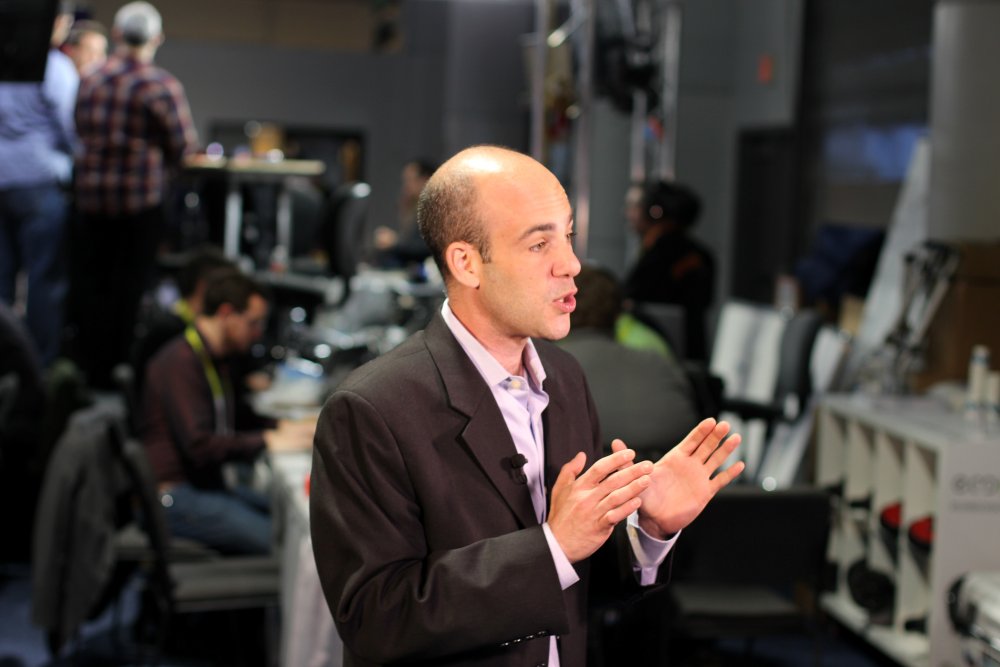You’ve likely heard other business owners trashing Google AdWords as expensive, complicated, and ineffective. Good, let them! That just means there’ll be less competition for you.
AdWords does get a bad rap in many circles, and while clicks are expensive for most people and the interface complex, most of the time when advertisers get bad results, they only have themselves (or those they hire to manage their campaigns) to blame.
There are four main reasons local businesses fail with Google AdWords. Let’s cover them briefly here so you know what you’re in for.
1. NO LANDING PAGE OR AN AWFUL LANDING PAGE.
The first page a visitor to your site lands on after clicking on your Google ad is called the landing page. A landing page is an essential part of your AdWords campaign, and a good one can instantly double your leads from AdWords (without spending a penny more on clicks).
Recently clicked on an ad for a family law attorney. You’d think that would lead me to a site about family law, but instead, their home page was all about personal injury law. That’s not what was looking for. Plus, it was an old, ugly-looking site that made it hard for me to find any information. When finally found the page on the site about family law, it was a two-paragraph little blurb that basically said they’re certified by the State Bar in family law (don’t they have to be to even practice in the first place?).
Not having a dedicated, high-converting landing page is a huge mistake. Based on experience, we estimate the typical local business website converts somewhere around 5 percent. On the other hand, a better-designed landing page can easily convert at 10 percent to 20 percent.
Even if we assume it just converts on the low end — around 10 percent — versus the 5 percent for the typical website, you’d double the amount of leads you get for the same money spent. That means for every $1,000 you spend, instead of getting 10 leads, you’re now getting 20. That difference could literally make or break your month or year.
2. HORRIBLE ADS WITH LOW CLICKTHROUGH RATES.
Most Google ads say basically the same thing. (And, quite frankly, they’re not all that compelling in the way they say it.)
As with landing pages, a high-converting Google ad with a high clickthrough rate (CTR) can also instantly double your leads. And the best part is that Google rewards you for having high-converting ads. So not only will doubling your CTR get you twice as many potential leads, but you can also end up paying a lot less per click.
That’s because Google has an algorithm known as Quality Score that determines how much you pay for clicks. In AdWords, just because you bid the most for a keyword doesn’t guarantee your ad will show up in the top position. Google rewards relevancy. And if you can show Google your ad is more relevant than your competitors (and CTR is the number-one factor used to determine relevancy), you can end up ranking higher than your competitors, yet pay less per click than they do.
3. NO CONVERSION OR CALL TRACKING.
We’ve seen that 60 percent to 70 percent of the leads for local businesses come in the form of a phone call. Furthermore, phone call leads tend to be higher-quality leads because someone who’s really a hot lead is most likely going to pick up the phone and call rather than just submit the information through a form on your website.
If you’re not tracking call conversion, then you’re missing out on not only 60 percent to 70 percent of your leads, but also your hottest leads. Not tracking call conversions also means you’re not going to be able to optimize your AdWords campaign well. You can throw a ton of money away on bad clicks if you’re not tracking calls and have the data that shows you which keywords and ads are making the phone ring and which ones are not.
4. POOR CAMPAIGN STRUCTURE.
With all the AdWords books, articles, and training courses available, it’s somewhat surprising we even have to mention this. However, we still see AdWords campaigns every week that are set up poorly (many times by agencies that should know better) and don’t even adhere to basic best practices.
One example of poor campaign structure is a single campaign that runs on both Search and Display Networks. Search and Display are two utterly different beasts, and they should never be lumped together in a single campaign (in fact, we urge you to avoid using the Display Network to advertise your local business, until you develop strong AdWords chops and seek additional training). Other examples include only having one ad group, having too many keywords, and going too broad with the keywords in your campaign.
AdWords may not work all the time for every local business — there are some situations where due to high click costs, budgets, internal sales problems, or other issues that even a well-structured AdWords campaign won’t generate a high enough ROI. However, in our experience, that’s the exception much more often than the rule.
Resources: Expertonline360.com






